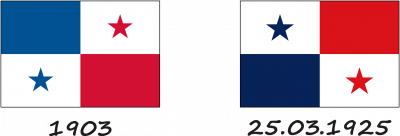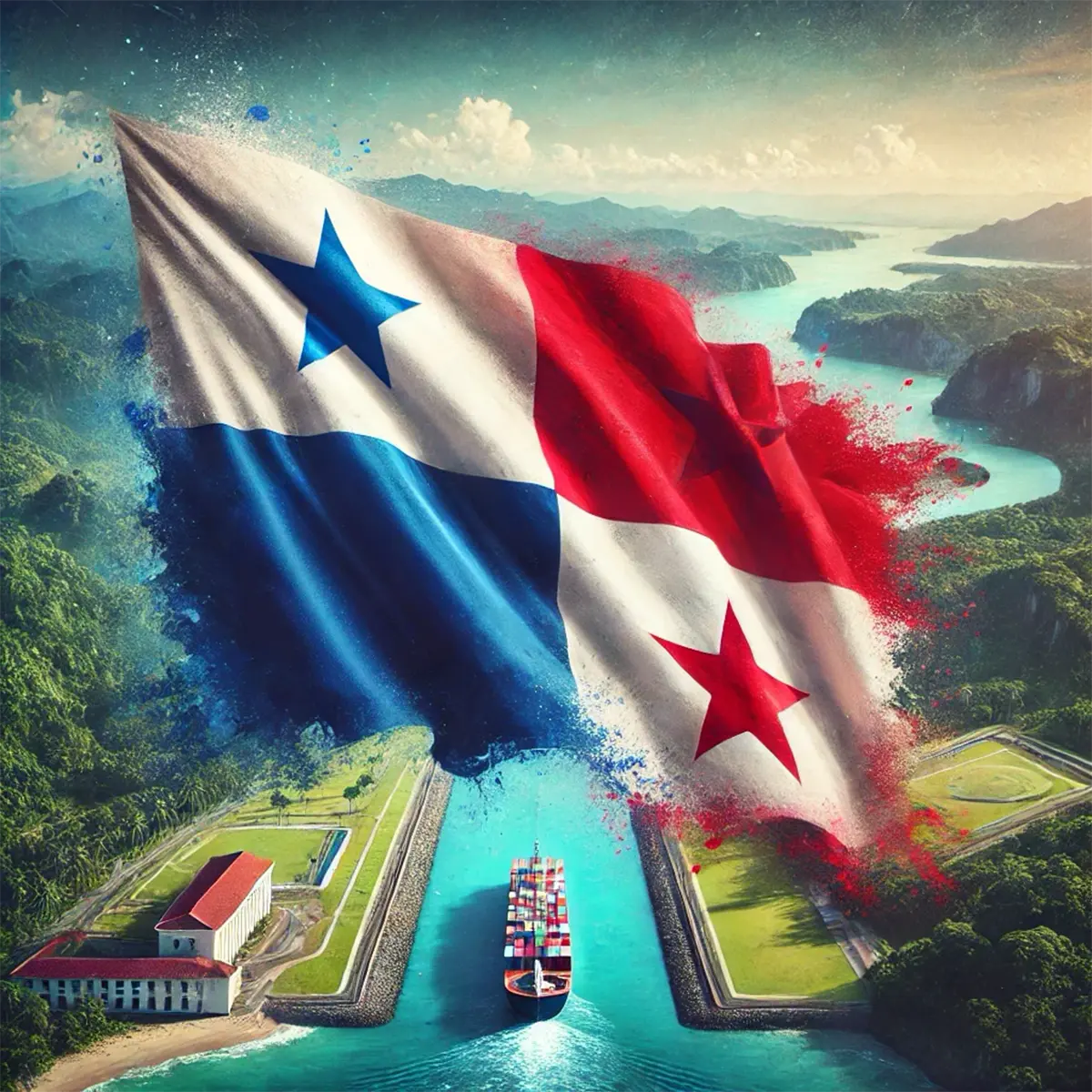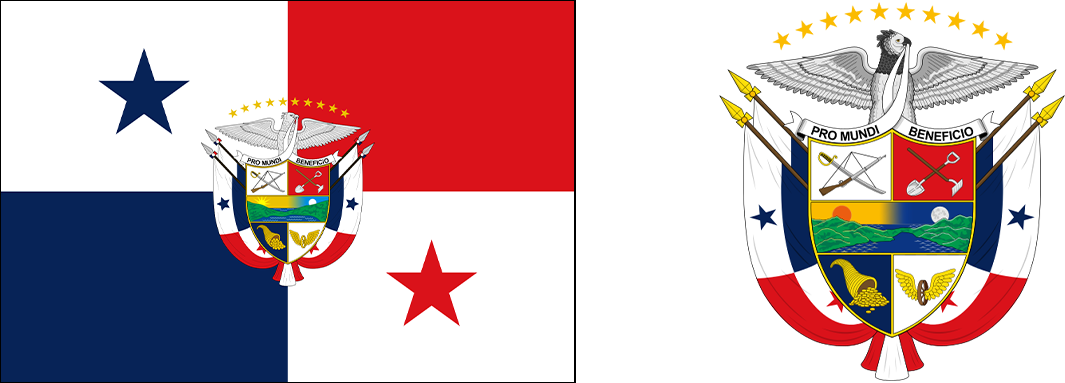The history of the Panamanian flag dates back to the time of European colonization, when Spain controlled the land. The official flag of the country was then the flag of Spain - two red horizontal stripes along the edges with a yellow stripe twice as wide and the coat of arms in the center. Even when Panama became part of another viceroyalty, the flag did not change. However, when independence movements emerged in South America, Panamanians created their own flags to reflect their identity.
Greater Colombia was created in 1819, and after ratification by all member states in 1821, it became a sovereign state. It is composed of Colombia, Panama, Venezuela and Ecuador. However, the existence of Greater Colombia lasted only nine years, and its flag was a yellow, blue, and red horizontal tricolor with the coat of arms of Greater Colombia in the center. After the collapse of Greater Colombia, the member states became independent again. Panama became part of Colombia as a result of the division. Colombia, Venezuela, and Ecuador have kept the same design of the flag of Greater Colombia. This design can be seen on the modern flags of these countries. Although Panama has its own differences in its national flag, it also uses the red and blue colors that were present on the flag of Greater Colombia.

After the breakup of Greater Colombia, the provinces were divided in different ways. Panama and other Colombian provinces became part of the Republic of New Granada. The flag of the new Granada consisted of three vertical stripes of red, blue and yellow in the appropriate sequence. Panama remained in this confederation until 1858, when the confederation collapsed and the federalist period began. In 1863, the country was renamed the United States of Colombia, where each region began to operate independently. The flag of the United States of Colombia was used from 1863 to 1886 and consisted of three horizontal stripes: yellow, blue and red in the corresponding order, where the yellow one was twice as wide as the others. After the centralization of the Republic of New Granada in 1863, it was decided to divide Colombia into federal states.

Colombia and Panama had different flags during the federal period. Colombia had no differences from the flag of the United States of Colombia and continued to use it until 1903, while Panama had a different flag with the coat of arms and the inscription "Sovereign State of Panama". After gaining independence in 1903, Panama changed its flag.
The flag of Panama was based on the US flag, but with the colors of the Colombian flag. The design had red and yellow stripes symbolizing Spain and a sun representing Panama's position on the continent. However, this design did not become official. In 1903, the modern Panamanian flag was created, but with a blue square in the upper left corner, which is an inverted version of the current flag. Manuel Amador Guerrero, one of the main supporters of Panama's independence, was responsible for the creation of the flag. He asked his son to create a new prototype after the first design was rejected.

The son created the flag of Panama that is used today. He based the flag's shape on Panama's political status and used white as a symbol of peace. The flag was officially raised on November 3, 1903, after Panama gained independence. This day is officially celebrated as the day of Panama's separation from Colombia. To ensure that the white square with a blue star was raised first on the flagpole, it was decided to turn the flag upside down. Amador Guerrero proposed this change to the Panamanian Congress. In 1903, the flag began to be used officially, but the legal approval of this change was received only in 1925. For the past 100 years, the Panamanian flag has remained unchanged.






